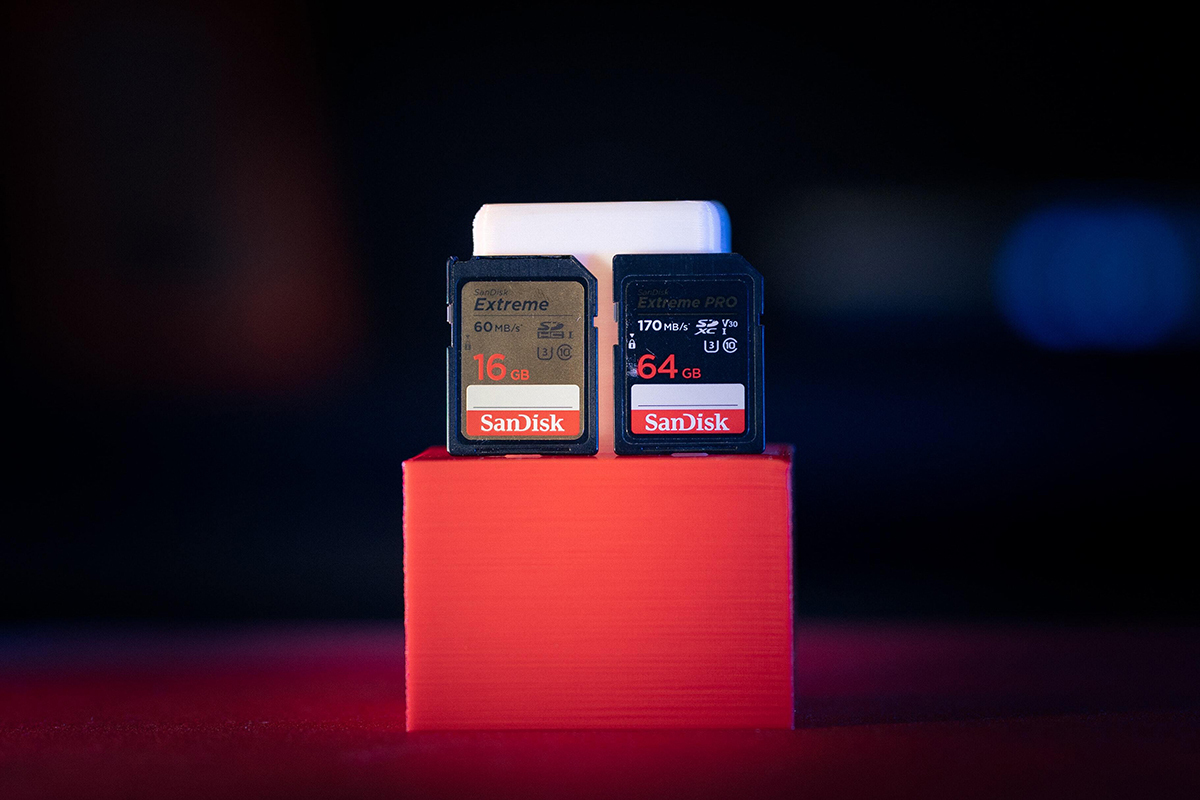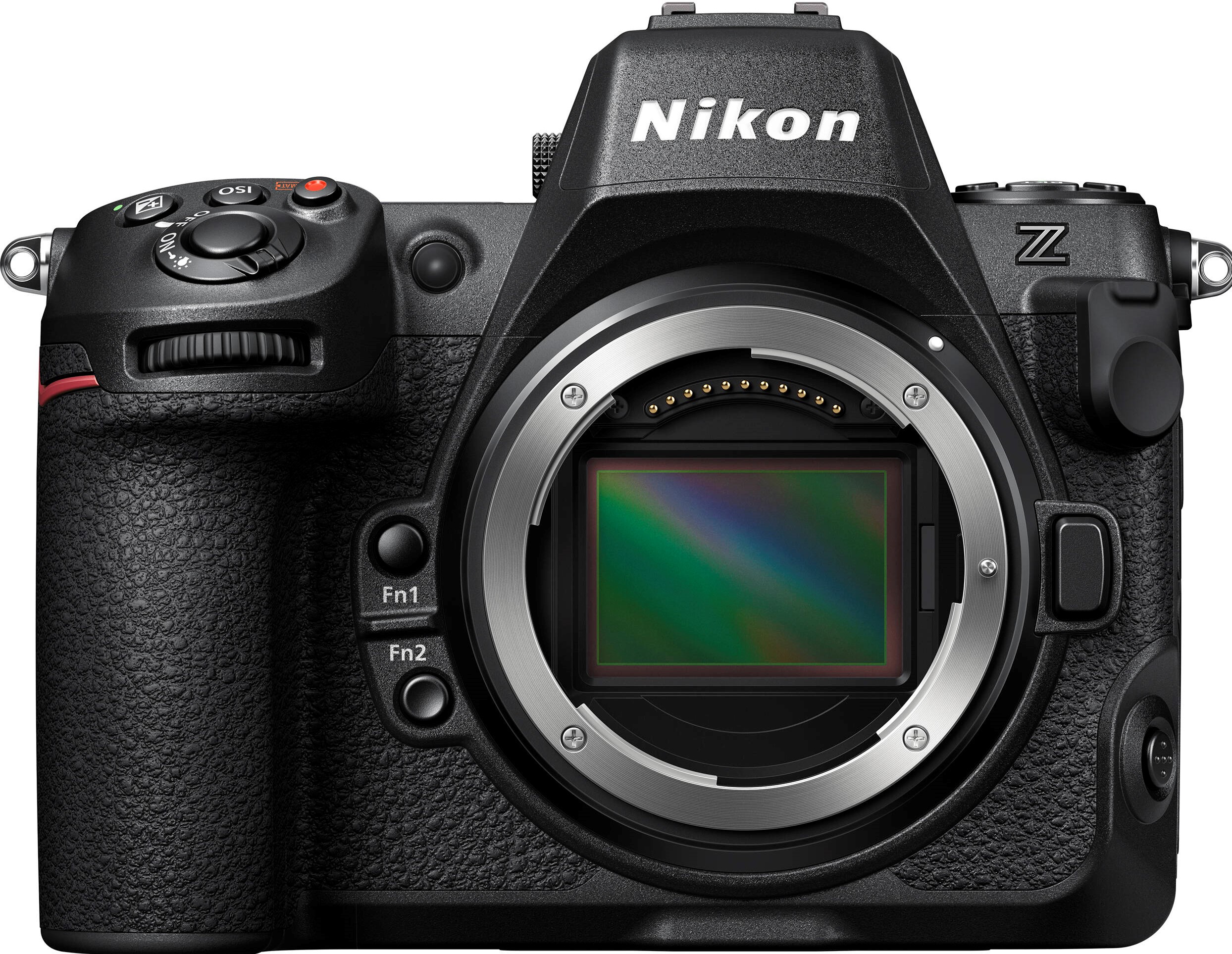In today’s fast-paced digital age, memory cards have become indispensable tools for storing our most cherished memories and essential data. Whether capturing stunning photographs, recording high-definition videos, or safeguarding critical files, these tiny storage devices play a crucial role in our lives. However, with their limited lifespan and susceptibility to wear and tear, it’s essential to explore the best strategies for extending the longevity of our memory cards. In this blog, we’ll give you a comprehensive guide on how to make your memory cards last longer, ensuring your precious content remains safe and accessible for years to come. From smart usage practices to proper maintenance techniques, we’ll uncover the secrets to maximising the lifespan of your memory cards and optimising their performance.
How Long Do Memory Cards Typically Last?
The life expectancy of memory cards can vary based on several factors, including the quality of the card, the type of memory technology used, usage patterns, and environmental conditions. This is how long different types of memory cards last:

SD Cards
SD cards, short for Secure Digital cards, have become a ubiquitous form of removable storage in the digital landscape. These versatile memory cards are utilised in various devices, ranging from cameras and camcorders to laptops, gaming consoles, and even medical equipment. With their compact size and varying capacities, SD cards have transformed how we store and share data. While they offer convenience and flexibility, understanding their lifespan and the options available can enhance their utility and longevity. SD cards are engineered to withstand regular usage and provide reliable data storage over an extended period. Under typical conditions and with proper care, these cards can last for several years. However, the exact lifespan of an SD card depends on factors such as the card’s quality, usage patterns, and environmental conditions.
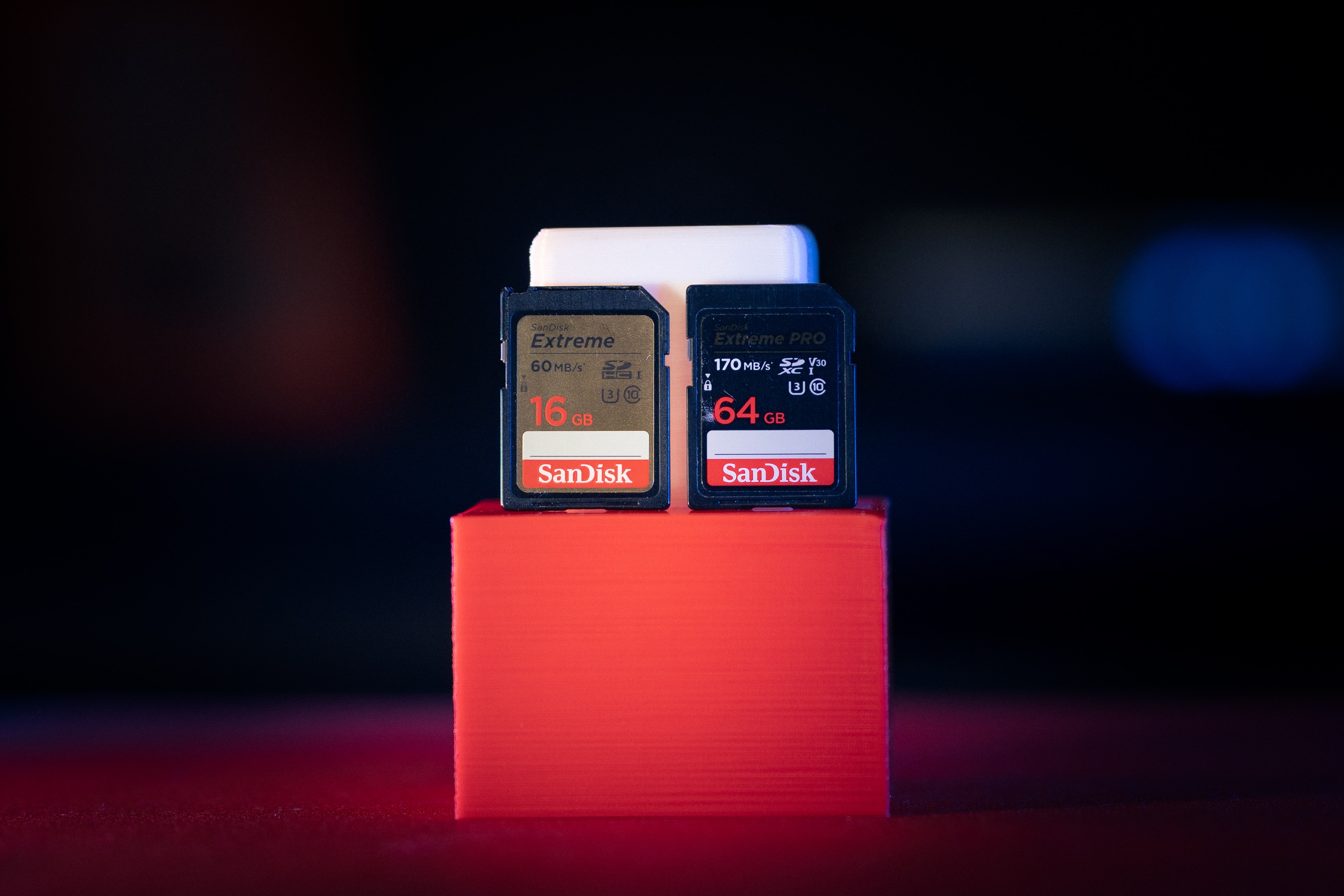
High-Endurance SD Cards
High-endurance SD cards provide an ideal solution for applications involving continuous recording or heavy write operations, such as security cameras, dashcams, and drones. These specialised cards are designed with advanced controller technology and robust NAND flash memory, allowing them to handle a higher number of write cycles without sacrificing performance. High-endurance SD cards are optimised to minimise wear on specific memory cells through wear-levelling algorithms, extending their lifespan.

MicroSD Cards
MicroSD cards, a compact and versatile flash memory storage, have become an integral part of modern digital technology. These diminutive memory cards offer a convenient way to expand storage capacity for a wide range of devices, from smartphones and digital cameras to drones and gaming consoles. While they provide efficient and portable storage solutions, several factors influence their lifespan and capabilities. On average, MicroSD cards are designed to last around ten years under normal usage conditions. However, it’s important to note that the actual lifespan can vary significantly based on factors such as usage patterns, environmental conditions, and the quality of the card itself. Frequent read-and-write operations, exposure to extreme temperatures, humidity, and physical stress can all impact the longevity of a MicroSD card.

High-Endurance microSD Cards
Recognising the need for more robust storage solutions in scenarios involving continuous read and write operations, manufacturers have developed high-endurance MicroSD cards. These specialised cards are engineered to withstand the demands of applications that require frequent data updates, such as video surveillance systems, dash cameras, and other devices that record large amounts of data over extended periods. High-endurance MicroSD cards incorporate advanced wear-levelling algorithms and superior NAND flash technology to distribute data writes more evenly across the memory cells, extending the card’s lifespan.
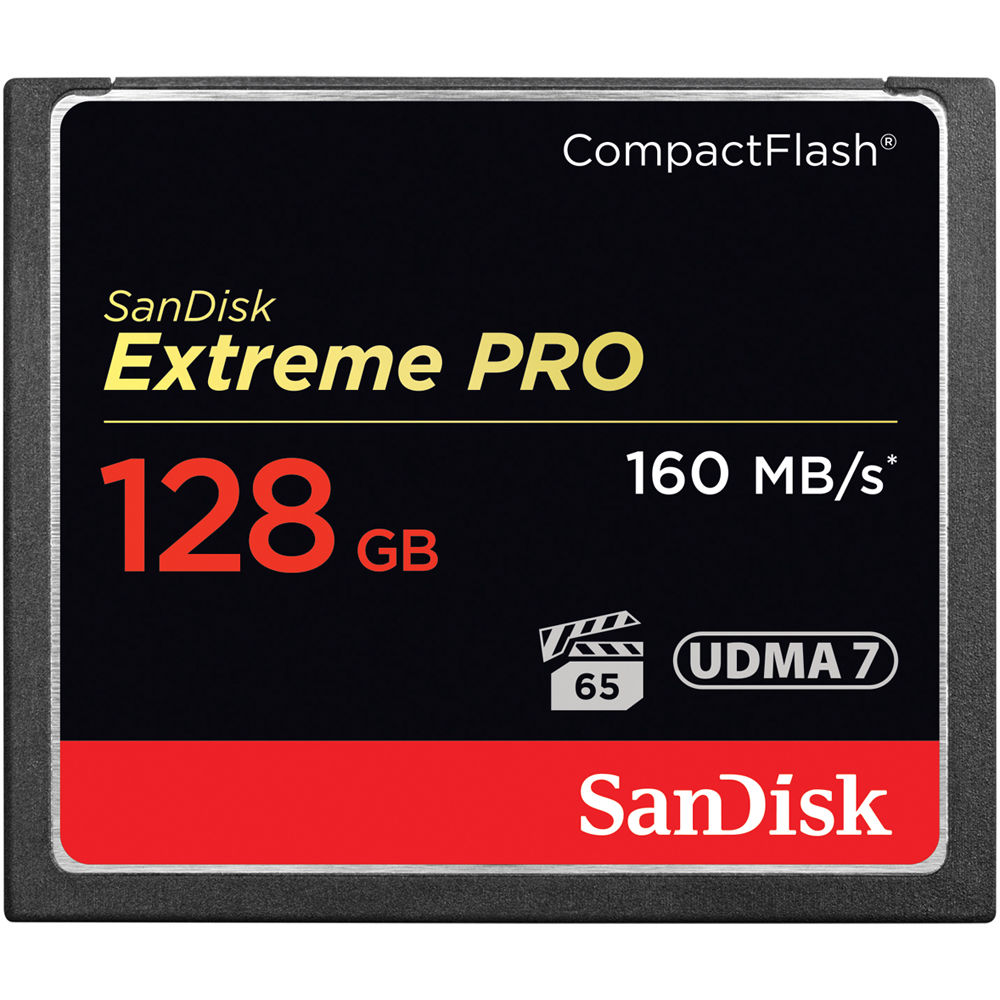
CompactFlash (CF) cards
CompactFlash (CF) cards have stood the test of time as a reliable and robust form of digital storage, especially in professional photography and recording equipment. These memory cards utilise older technology compared to their more modern counterparts, yet their enduring popularity can be attributed to their exceptional durability, compatibility, and long lifespan. CF cards have found a niche in professional settings where reliability and consistent performance are paramount. One of the standout features of CF cards is their extended lifespan, which often surpasses that of many contemporary memory card formats. This longevity is primarily due to the technology employed in their construction, which involves using larger components that are more resilient to wear and tear over time. CF cards have sturdy connectors and thicker components, making them less susceptible to physical damage from handling and insertion/removal processes.

SSD (Solid State Drive) Cards
Solid State Drive (SSD) cards have revolutionised data storage in various devices, offering enhanced speed, durability, and efficiency compared to traditional mechanical hard drives. SSDs are employed in multiple applications, including cameras, drones, laptops, and gaming consoles, where their compact size and high-performance capabilities provide a significant advantage. The lifespan of SSD cards can vary considerably based on several factors, including the quality of the SSD, usage patterns, and the underlying technology. SSDs utilise NAND flash memory cells to store data, and these cells have a finite number of write cycles before they begin to degrade. However, advancements in SSD technology, such as wear-levelling algorithms and improved NAND flash designs, have significantly mitigated the impact of write cycle limitations on overall lifespan.

USB Flash Drives
USB flash drives, also known as thumb drives or memory sticks, have become an essential tool for portable data storage and transfer. These compact devices offer convenience and versatility, allowing users to carry important files, documents, and media wherever they go. However, the lifespan of USB flash drives can vary significantly based on multiple factors, including the quality of the drive, the technology it employs, and how it’s used. One of the most influential factors affecting the lifespan of a USB flash drive is its quality. Higher-quality drives, often manufactured by reputable brands, tend to have more advanced memory controllers and NAND flash memory. These components are crucial in determining the drive’s overall reliability and longevity. Premium drives are designed to provide better wear-levelling algorithms, error correction mechanisms, and improved heat dissipation, all of which contribute to extending the drive’s lifespan.
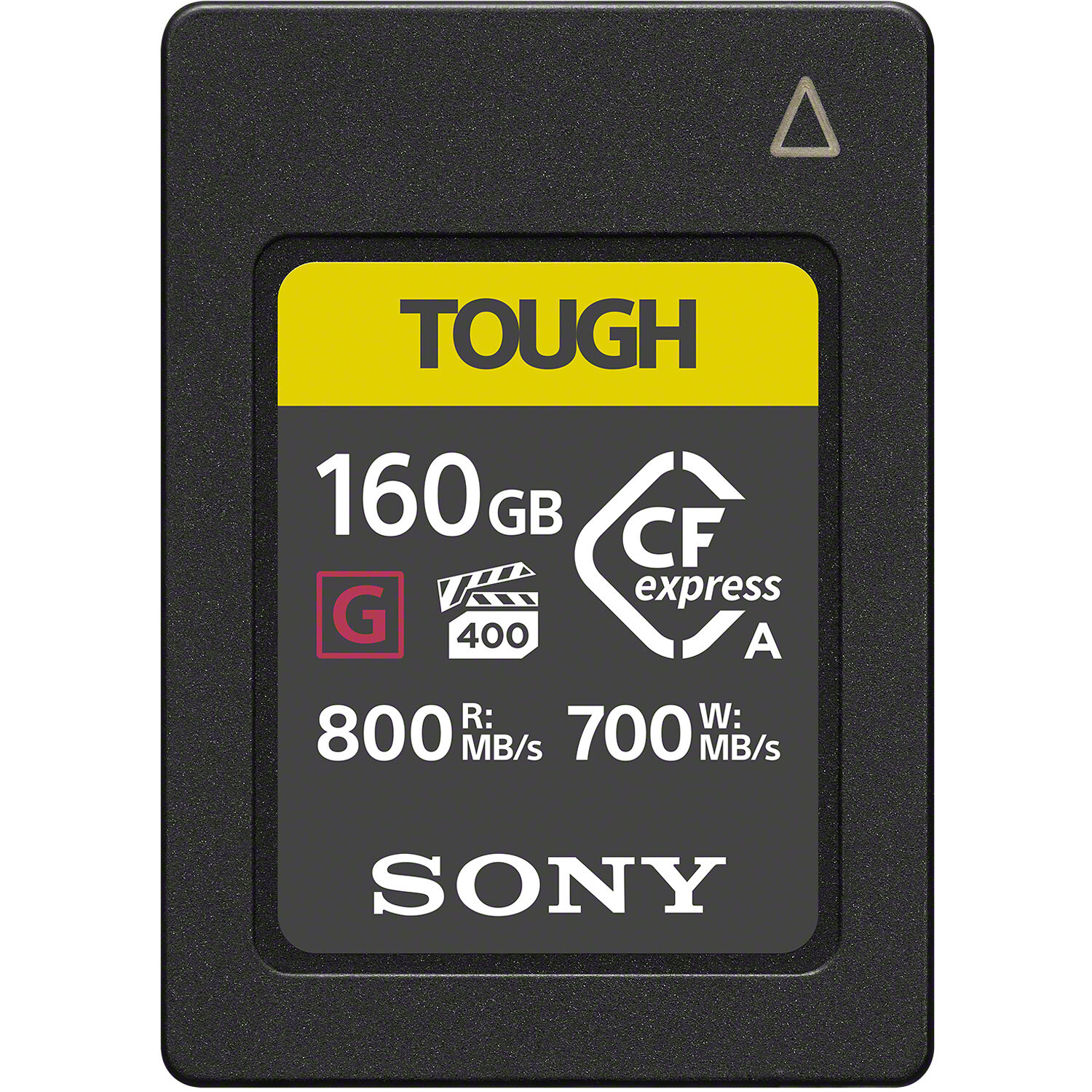
XQD and CFexpress cards
These represent the pinnacle of high-performance memory solutions, mainly catering to the demanding needs of professional photographers and videographers. These advanced memory cards are specifically engineered to provide exceptional speed, reliability, and endurance, making them a preferred choice for capturing and storing high-resolution images and videos in the most demanding scenarios. Their robust construction and design contribute significantly to their durability and longevity. XQD and CFexpress cards are built to withstand the rigours of professional use. Their construction involves high-quality components and advanced manufacturing processes, resulting in cards that can handle the stresses of continuous read-and-write operations. The cards are often made with durable materials that can withstand physical impact, temperature fluctuations, and exposure to harsh environmental conditions. Similar to other advanced memory technologies, XQD and CFexpress cards incorporate wear-levelling algorithms. These algorithms distribute data writes evenly across the memory cells, preventing specific cells from experiencing excessive wear. This technology extends the overall lifespan of the card by minimising wear on individual memory cells and improving the card’s overall reliability.
It’s important to note that memory cards have a finite number of write cycles before they wear out. To extend the lifespan of your memory cards, follow the care and maintenance tips mentioned below:

Handle With Care
Handling your memory cards with utmost care is important to ensure their longevity and peak performance. Safeguard them from physical stress by refraining from bending, dropping, or exposing them to harsh conditions. For added protection, consider using a dedicated protective case or sleeve to shield the cards from damage. When working with memory cards, try to maintain a clean environment to prevent the intrusion of dust and debris that could lead to connectivity issues.
Extreme temperatures and moisture are the enemy – store your cards in a cool, dry place, far from direct sunlight, temperature extremes and moist environments, as these can compromise the integrity of electrical contacts and internal parts. Magnetic fields can also wreak havoc on your memory cards, potentially corrupting or erasing data, so exercise caution and keep your memory cards away from strong magnets. Before handling, always discharge any static electricity from your body by touching a grounded object to prevent damage to the card’s sensitive components. For transportation, employ anti-static bags to thwart static electricity from harming the delicate electronic components.
When it comes to insertion, approach with care – handle memory cards with clean hands, insert and remove them gently to prevent connector damage, and ensure proper alignment to avoid bending pins or connectors. Clean the card contacts periodically with a soft microfiber cloth if smudges or dirt accumulate, refraining from using abrasive materials. By following these comprehensive guidelines, you’ll safeguard your memory cards and ensure their reliability whenever you need them.

When In Use
It’s essential to use your memory cards regularly as this helps to prevent data degradation and maintain card stability. While it’s convenient to use the same memory card across multiple devices, be cautious of frequent insertion and removal, as it can cause wear and tear. Consider using different memory cards for different devices if possible. Using memory cards across different devices also places your memory cards at risk of contracting malware and viruses. It’s thus essential to regularly scan your memory cards to maintain their longevity. Additionally, back up the data on your cards to a secure location on a regular basis to safeguard against card failure or accidental deletion. If your memory card has a physical write-protection switch, use it when unnecessary writes are not needed to prevent unintended data loss.
When transferring data between memory cards and computers, opt for high-quality card readers to avoid damaging the card contacts. Utilise error-checking tools provided by operating systems to periodically scan for and repair any card errors. For memory cards using older technology like CompactFlash (CF), consider occasional defragmentation to optimise data storage. Avoid filling your memory card to its maximum capacity, leaving room for future updates or modifications to prevent data corruption. At the same time, be sure to keep an eye out for firmware updates released by the manufacturer and periodically update your card’s firmware for optimal operation. Maintain your memory cards by formatting them regularly using the intended device to uphold file system integrity and avoid potential data corruption.
Prior to removing a memory card from a device, ensure you safely eject it using the appropriate operating system option to complete any ongoing read/write operations. Try as much as possible to prevent sudden power loss during read/write operations by maintaining sufficient device battery charge. By implementing these practices, you can significantly reduce the risk of memory card damage, data loss, and other potential issues.




